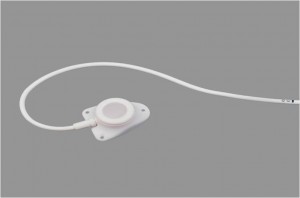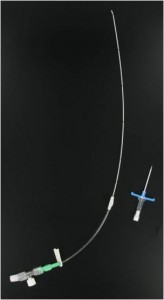 In treating chest infections, the study determined what indicators are useful for assessing treatment response.
In treating chest infections, the study determined what indicators are useful for assessing treatment response.
The study investigated treatment response in those that were treated with intraven ous antibiotic therapy (antibiotics delivered into the veins)
ous antibiotic therapy (antibiotics delivered into the veins)
In this study 8 indicators were considered; sputum colour; 24 hour sputum volume; spirometry (that is breathing tests); blood tests (white cell count and proteins that measure inflammation called C Reactive Protein and Erythrocyte Sedimentation Rate); sputum analysis for bacteria; quality of life questionnaires; and exercise tolerance.
Key Conclusions:The best indicators were: sputum colour; sputum volume; sputum analysis for bugs; blood test (proteins that measure inflammation); and quality of life questionnaires.
A good treatment response is when:
- you cough up less or no sputum, and if you produce any sputum it is a lighter colour or colourless.
- we cannot grow bacteria when we send the sputum sample to the microbiology laboratory.
- your blood tests show a reduction in your white cell count, C reactive protein and Erythrocyte Sedimentation Rate.
- your quality of life questionnaires show that you feel better.
- your exercise capacity improves.
Patient Implications:
It is important you get assessments at the beginning and end of intravenous antibiotic therapy to assess the effectiveness of the therapy.
Reference:
European Respiratory Journal. 2009 Feb;33(2):321-8
Last Reviewed -13th January 2015

